Search
Search Results
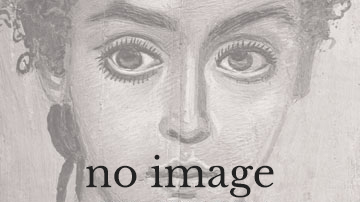
Video
The Trojan War ("Tainted Love" by Soft Cell)
Sorry, no Brad Pitt or Orlando Bloom, just Mrs. B and some black figure art.
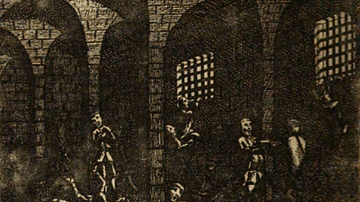
Definition
Black Hole of Calcutta
The Black Hole of Calcutta refers to a prison cell which was used to hold 146 mostly British prisoners captured after the Nawab of Bengal had taken over the city from the East India Company. Interred on 20 June 1756 in a tiny cell in Fort...
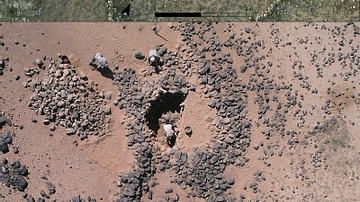
Image
Desert Kite Cell
A cell at the extremity of a pointed appendice from a kite in Armenia (up). The same
configuration in Jordan, a cell under excavation (down).
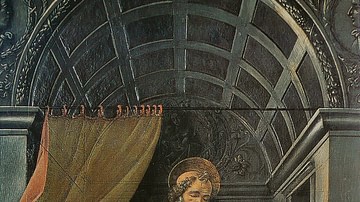
Image
Saint Augustine in His Cell
Saint Augustine in His Cell by Sandro Botticelli, 1490-1494 CE.
Uffizi Gallery, Florence.
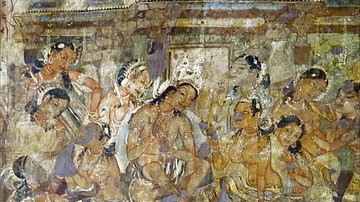
Article
The Ajanta Caves
The 30 caves at Ajanta lie to the north of Aurangabad in the Indhyadri range of Western Ghats. The caves, famous for their temple architecture and many delicately drawn murals, are located in a 76 m high, horseshoe-shaped escarpment overlooking...

Definition
Julian of Norwich
Julian of Norwich (l. 1342-1416 CE, also known as Dame Julian, Lady Juliana of Norwich) was a Christian mystic and anchoress best known for her work Revelations of Divine Love (Julian's original title: Showings). Almost nothing is known of...

Definition
Cadoudal Affair
The Cadoudal Affair, or the Pichegru Conspiracy, was a failed royalist attempt to kill or kidnap Napoleon Bonaparte (1769-1821), then the First Consul of the French Republic, and restore the House of Bourbon to the French throne. The conspiracy's...

Article
Diversity in Church Architecture in Medieval England
Medieval English churches differed in size and layout. Their original and evolving role(s), financial and material resources, and architectural fashions helped determine variability. However, their look ultimately grew from a constant symbiosis...
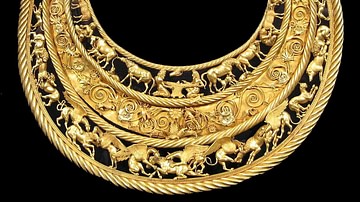
Definition
Scythian Art
Scythian art is best known for its 'animal art.' Flourishing between the 7th and 3rd centuries BCE on the steppe of Central Asia, with echoes of Celtic influence, the Scythians were known for their works in gold. Moreover, with the recent...
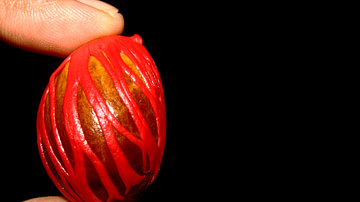
Article
The Early History of Clove, Nutmeg, & Mace
The spices clove, nutmeg, and mace originated on only a handful of tiny islands in the Indonesian archipelago but came to have a dramatic, far-reaching impact on world trade. In antiquity, they became popular in the medicines of India and...